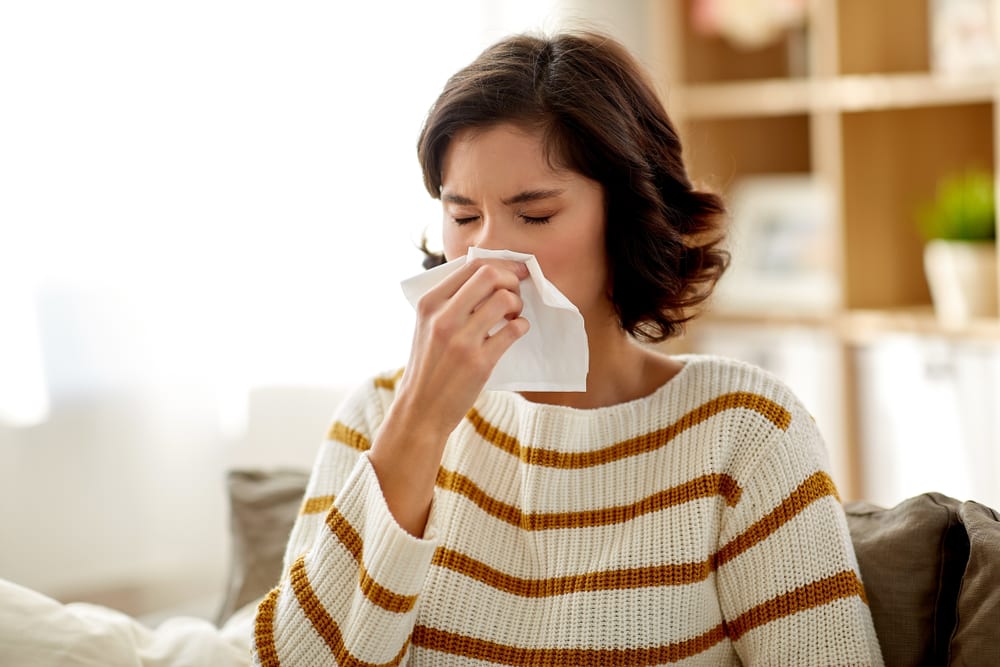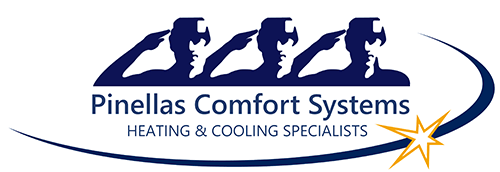
Allergens can make it a pain for anyone who struggles with seasonal allergies to go outside. To make matters worse, allergens can also be found indoors—sometimes in larger quantities than outside. These allergens can cause a flare-up of allergic reactions and negatively impact one’s respiratory system.
Luckily, there’s a solution. There are plenty of ways to reduce allergens inside the home and prevent them from entering in the first place.
Wondering how you can reduce allergens in your home? Keep reading. We’ll cover simple steps you can take to minimize and even prevent indoor allergies.
Keep Your Home Clean
Allergens will gather over time to the point where they start causing problems. However, allergens are possible to remove from the home. With some simple cleaning, allergens can be eliminated before they become problematic.
Vacuum the Carpets Regularly
Many allergens make their way into a home and settle on the floor. On a hardwood floor, they are often easily swept away as people walk over the floor or as the floor is cleaned. However, they sink into carpet fibers. When someone walks over the carpet, the allergens are disturbed and reenter the air.
The best way to prevent this is to vacuum the carpets regularly. It’s best to use a vacuum that has a HEPA filter. These filters are most effective at trapping and holding onto allergens. Without one of these filters, the allergens could escape the vacuum and re-enter the air.
Dust and Wipe down Surfaces Frequently
On non-fibrous surfaces, allergens still settle. When a breeze blows through an open window or the AC circulates the air, these allergens are disturbed.
To prevent this from happening, regular cleaning is necessary. By dusting and wiping down surfaces on a regular basis, you can gather the allergens before they have a chance to disperse. This prevents them from ever becoming a problem.
Wash Bedding and Curtains Regularly
Carpet, bedding and curtains are perfect surfaces for allergens to collect. The fibers give the allergens a place to gather slowly over time. When you move or shake out the bedding or curtains, all of these allergens are released into the air.
Regular washing helps prevent this by cleaning away the allergens. If possible, wash with warm water to eliminate as many allergens as possible. In addition, it’s better to dry these inside or in a dryer rather than hanging them outside, as doing so exposes them to all types of allergens blown around by the wind.
Remove Clutter and Sit Arounds That Collect Dust
Have you ever looked at the top of a picture frame only to find it covered in dust and other debris? This will happen to any small object, making it harder to eliminate allergens. An end table can be wiped down in seconds, allowing you to clean it daily with ease. Meanwhile, an end table with a picture frame, a book, and more on top of it will take longer to clean and, thus, will be less likely to be cleaned regularly.
As a result, tackling clutter is another way to tackle dust. It gives the dust less space to land and makes it easier to clean dust that does settle.
Control Humidity Levels
One common source of indoor air pollution and allergens is mold. Mold releases microscopic spores into the air. These spores are dangerous to human health and can lead to or exacerbate respiratory issues.
The nice thing about this issue is that mold has a weakness. Mold won’t grow just anywhere; it only grows in humid environments. Without enough humidity, mold can’t grow or spread.
Dehumidifiers and air conditioners help control mold by removing moisture from the air and decreasing humidity levels. In doing so, they can control the spread and development of mold.
Maintain Your HVAC System
One household feature that significantly impacts the reduction of harmful allergens is the HVAC system. Most HVAC systems recycle air throughout the home and filter the air in doing so. The filters within these systems catch allergens and remove them before the air is returned to the room.
However, HVAC systems require regular maintenance to run properly. The system itself will need to be regularly tuned up to run efficiently. Finally, the filters need to be changed on a regular basis to ensure proper function. All these steps are part of a regularly scheduled maintenance service provided by professional HVAC technicians.
Use Air Purifiers
Air purifiers are devices specifically designed to remove allergens from indoor air. They do this by filtering the air as it passes through the device.
Air purifiers can be used in a few different ways. A small air purifier can be used in a single room, which will help deal with allergens in that room. Meanwhile, a whole-house air purifier can be set up to purify the air in an entire house. The best option depends on the quality of the indoor air and how it’s distributed throughout the home.
Keep Allergens Out
Another way to reduce the allergens in a home and improve indoor air quality is to prevent the allergens from making their way into the home in the first place. Many allergens are only produced outside and can only be found inside when they enter from outside. These include allergens that come from plants, like pollen. Blocking this pathway prevents these allergens from becoming a problem.
The simplest way of doing this is by keeping windows and doors closed. While it might seem like a good idea to leave them open on a nice day, it allows plenty of allergens to enter the home. If you want to know whether leaving the windows and doors open is safe, check the allergy forecast in your area before doing so. If the forecast predicts significant allergen levels, it might be better to keep things closed up.
In some situations, more serious measures are required. Changing outfits when moving inside prevents pollen and other allergens from entering the home via your clothes. In addition, not wearing shoes inside prevents your shoes from tracking in any problematic substances.
A HEPA filter on the HVAC system will also help. This filters any of the air coming into the house from outside. Doing so blocks out the allergens on their way in.
Improve Your Indoor Air Quality with Pinellas Comfort Systems
Anyone serious about improving indoor air quality and reducing allergens should seek help from a professional. A professional HVAC service company has in-depth knowledge about how to use a home’s HVAC system to fight against allergens.
When it comes to HVAC service companies, Pinellas Comfort Systems is the best of the best. We provide HVAC services that improve your home’s air quality. These include services like ultraviolet light treatments, and air purification system installation. With these premium services by your side, you’ll be equipped to significantly improve the quality of your home’s air.

